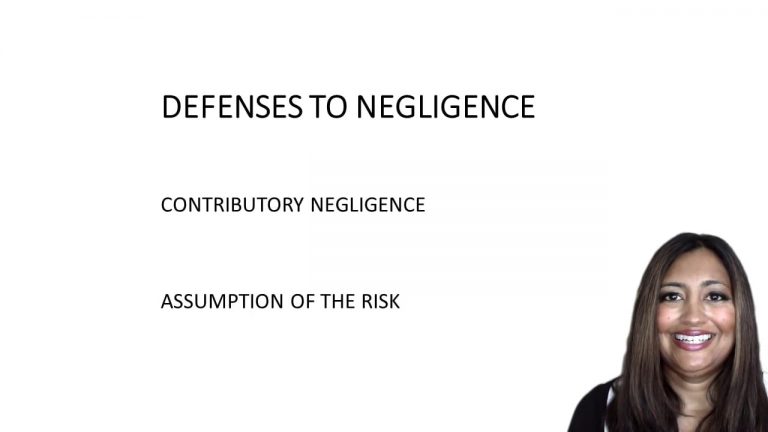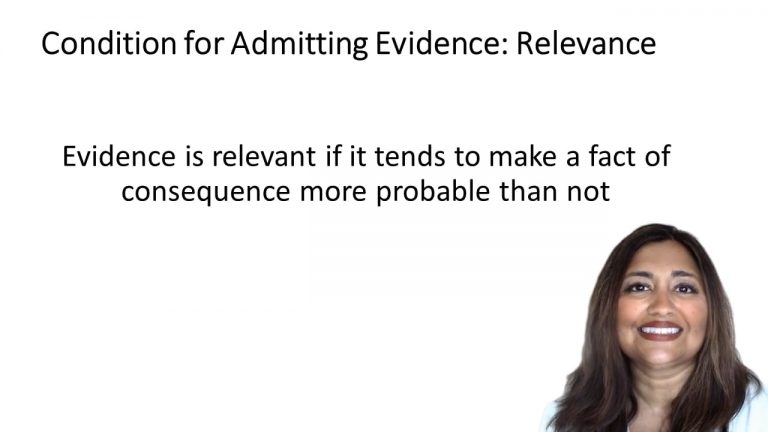SmartBrief
Confirm favorite deletion?
Evidence Keyed to Allen
Schechter v. Klanfer
Citation:
321 N.Y.S.2d 99 (1971)Facts
Robert Schechter and his companion, Alice Stone, was involved in a motorboat collision on August 25, 1964. Both were 14 years old. The defendants disputed Alice’s testimony as to the speed of their boat and the lighting of the Schechter boat. Robert testified but not as to the accident, claiming that, as a result of the collision, he had no memory of the events. He had sustained a fractured skull, fractured arm, and other physical injuries. Plaintiff’s medical expert testified that Robert had suffered severe emotional shock and psychiatric change, including amnesia, due to brain damage.
Only StudyBuddy Pro offers the complete Case Brief Anatomy*
Access the most important case brief elements for optimal case understanding.
*Case Brief Anatomy includes: Brief Prologue, Complete Case Brief, Brief Epilogue
- The Brief Prologue provides necessary case brief introductory information and includes:
Topic:
Identifies the topic of law and where this case fits within your course outline.Parties:
Identifies the cast of characters involved in the case.Procedural Posture & History:
Shares the case history with how lower courts have ruled on the matter.Case Key Terms, Acts, Doctrines, etc.:
A case specific Legal Term Dictionary.Case Doctrines, Acts, Statutes, Amendments and Treatises:
Identifies and Defines Legal Authority used in this case.
- The Case Brief is the complete case summarized and authored in the traditional Law School I.R.A.C. format. The Pro case brief includes:
Brief Facts:
A Synopsis of the Facts of the case.Rule of Law:
Identifies the Legal Principle the Court used in deciding the case.Facts:
What are the factual circumstances that gave rise to the civil or criminal case? What is the relationship of the Parties that are involved in the case.Issue(s):
Lists the Questions of Law that are raised by the Facts of the case.Holding:
Shares the Court's answer to the legal questions raised in the issue.Concurring / Dissenting Opinions:
Includes valuable concurring or dissenting opinions and their key points.Reasoning and Analysis:
Identifies the chain of argument(s) which led the judges to rule as they did.
- The Brief Prologue closes the case brief with important forward-looking discussion and includes:
Policy:
Identifies the Policy if any that has been established by the case.Court Direction:
Shares where the Court went from here for this case.
Topic Resources
Topic Videos
 2m 18s
2m 18s 11m 31s
11m 31sTopic Outline
Topic Refresher Course
Topic Charts & Notes

